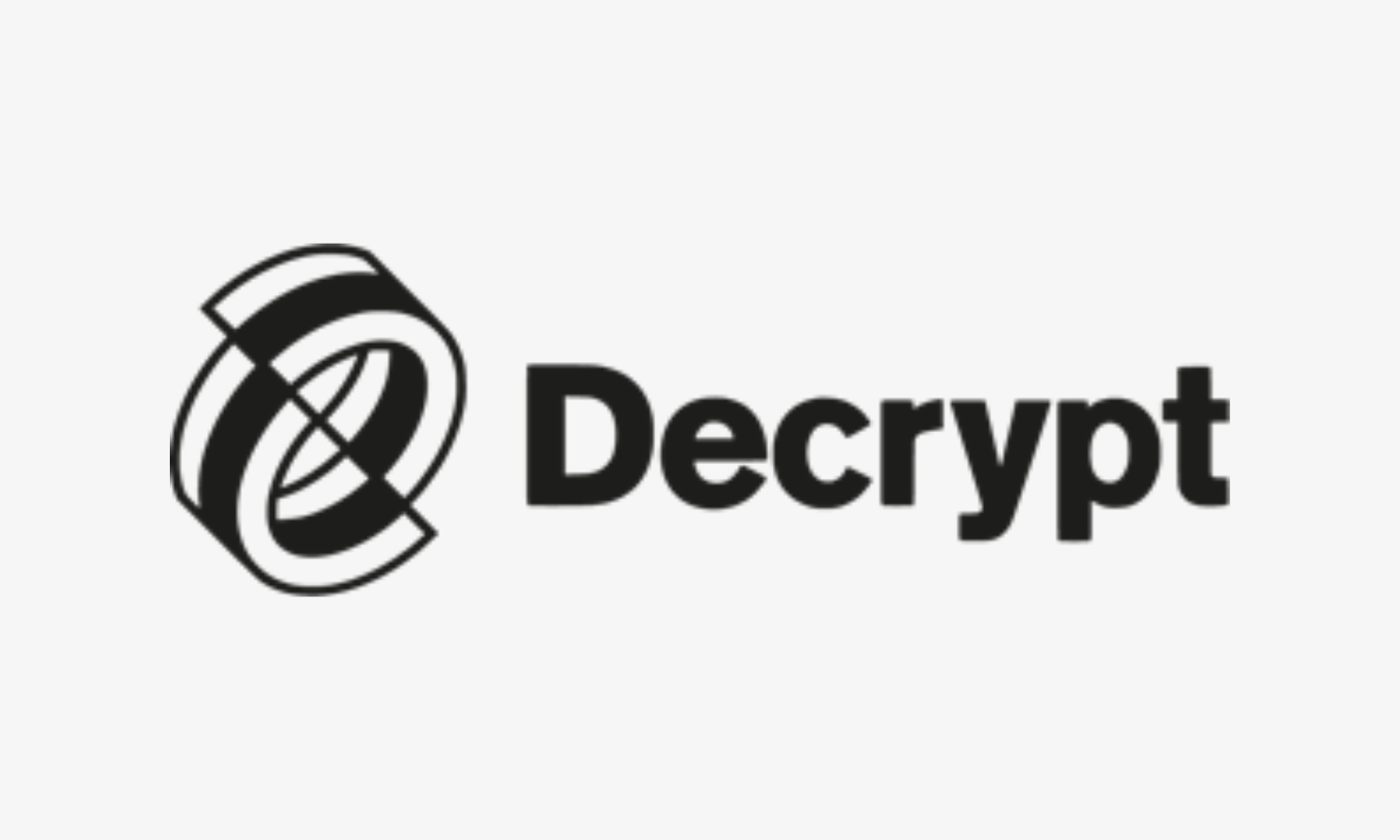Pocket AI Gadget R1 Sells Out, Despite Social Media Snark

A brand new gadget has captured the attention—if not rapturous adoration—of the AI-soaked tech press. Described as a “pocket companion,” the R1 from Rabbit Tech was unveiled at CES on Wednesday.
The R1 is powered by a Large Action Model and lets you carry an AI assistant in your pocket—much like any smartphone might. The gadget swiftly became the topic of much debate and derision online, and meanwhile sold out its first batch of 10,000 units within 24 hours.
While the heart of the R1 is its AI smarts, the gimmick is the hardware: a weird yet minimalistic design with a small screen, an analog scroll wheel, and a rotational camera.
The R1’s specs are not especially impressive.
“Inside the casing it boasts a 2.3 GHz MediaTek Helio P35 processor, 4 GB of memory and 128 GB of storage, a USB-C port and an empty SIM card slot,” the company says in an official press release. For context, the Helio P35 was launched in 2018 and powered mid range phones like the Samsung Galaxy A12 and the Huawei Honor 8A.
The software, however, is a strong differentiator. The LAM is a complex AI system that goes beyond traditional language processing models, according to the company. It’s designed to understand and execute actions based on human instructions and interactions with web applications and interfaces.
Rabbit Tech says LAM combines neural network methodologies with symbolic algorithms. This hybrid approach allows the AI to not only learn from data like a traditional neural network, but also to follow predefined rules and logic, like a symbolic system.
This results in a more robust and versatile model capable of understanding complex structures and user actions, and makes it easier to interact with other sites without having to tokenize or build extensive code for a whole service.
LAM’s training involves observation and imitation learning. The company says it learns by observing human users interacting with interfaces and applications, capturing the nuances of how actions are performed. For a basic user, this means that with enough time, instead of relying on API calls, it could understand that when a button is pressed, an order is taken, and a user could configure actions even if there’s no API key available or if the site is redesigned.
Traditional language models face limitations when dealing with user interfaces, often requiring a transformation of the interface into text or images. Rabbit says its LAM bypasses these constraints by directly interacting with the interface, leading to faster and more accurate task execution.
To achieve this, the R1 team created a cloud environment that it named “the Rabbit Hole.” This platform hosts components of commonly used web applications, allowing LAM to interact with them securely and efficiently. Rabbit Hole promises that users’ data and interactions are protected and they don’t have access to any sensitive information.
The arrival of the R1 was not met with rapturous applause. Critics said the keynote presentation by Jesse Lyu, Rabbit Tech founder and CEO,was not very strong, and many people didn’t understand the point of the device, or what it is capable of doing.
Even the curious shared concerns about potential flaws and things that Rabbit didn’t address, from costs to future proofing of the concept.
AI consultant and YouTuber Olivio Sarikas created a video explaining why the device can be easily replaced by a smartphone (which has been the main point among critics). He praised the collaboration with Teenage Engineering, but didn’t show the same sympathy for the R1 as many in the community.
“I’m obviously not opposed to AI and LLMs,” he told Decrypt, “my critique is that this device seems overengineered for its purpose.”
Sarikas later posted a tweet pointing out the potential challenges Rabbit Tech faces in attempting to attain significant market penetration—especially considering the vast user base of mainstream apps.
Another concern is the cost of the service, separate from the device. Lee Higgins, founder of the tech agency We Are Mobile First, mentioned that selling the device at $199 with no subscription fee while promising unlimited access to an AI that requires substantial computational power seems economically challenging.
The pricing strategy—which proved to be challenging even for tech giant Amazon with its Alexa model—led to questions about the sustainability of Rabbit Tech’s business model, given the high costs associated with running advanced AI systems like the LAM.
The most common complaint, however, has been that the R1 is unnecessary. Sarikas expressed skepticism about the necessity of Rabbit Tech’s R1 device in comparison to existing technologies.
“I don’t see a specific reason why this device is needed because it doesn’t seem to have any extra technology in it that a smartphone would not also have,” he told Decrypt. He elaborated on this by contrasting the R1 with the Apple Watch and GoPro, which do similar things as a smartphone but offer functionalities tailored to situations where a phone isn’t ideal.
“I really fail to see why the R1 needs its own hardware,” he argued.
Many were quick to point out that a major tech company could almost effortlessly replicate the R1’s functionality, even if its implementation of AI was as novel and innovative as the company says.
The R1 is hardly the first AI-centric gadget to emerge in the midst of the AI hype cycle. Humane’s AI Pin, priced at $699 with a $24 monthly subscription, is another entrant in this arena. Unlike the R1, the Humane Pin takes the concept a step further – it’s a wearable device that projects information onto your hand with a green laser.
Powered by a more modern Qualcomm Snapdragon processor, it uses a camera, depth, and motion sensors to interact with the environment. The Pin is designed as a standalone device, running on Cosmos OS and integrating AI models from Microsoft and OpenAI. It offers voice-based interaction, translation services, AI-powered photography, and even a personalized AI DJ from Tidal music streaming.
The R1 could carve out a niche for itself in the tech world, but it still has a long road before winning a place in the hearts of many skeptics. As Sarikas told Decrypt, “If I have the choice between ChatGPT (and) GPT Store with thousands of ‘apps’ and this thing, why would I choose the Rabbit 1?”

Published on Other News Site









